Degree
- Bachelor of Science /academics/programs/applied-physics/ /wp-content/uploads/2019/11/physics-400×420-1.png
Department
Contact
Applied Physics at St. Mary’s
Applied Physics is the study of the basic laws of nature and their application to modern technologies. The Applied Physics program at St. Mary’s University provides an instructional base in physics, engineering, mathematics and computer applications.
Graduates often pursue advanced degrees in areas such as condensed matter physics, plasma physics, optical physics, high energy physics and biophysics, as well as engineering and computer-related areas.
Program of Study
Depending on the degree option selected, students will be required to take additional Biology, Chemistry, Math and Physics courses.
Many Physics majors often double major in other areas such as Electrical Engineering, Engineering Science or Mathematics. With proper planning, a double major can be completed in four years.
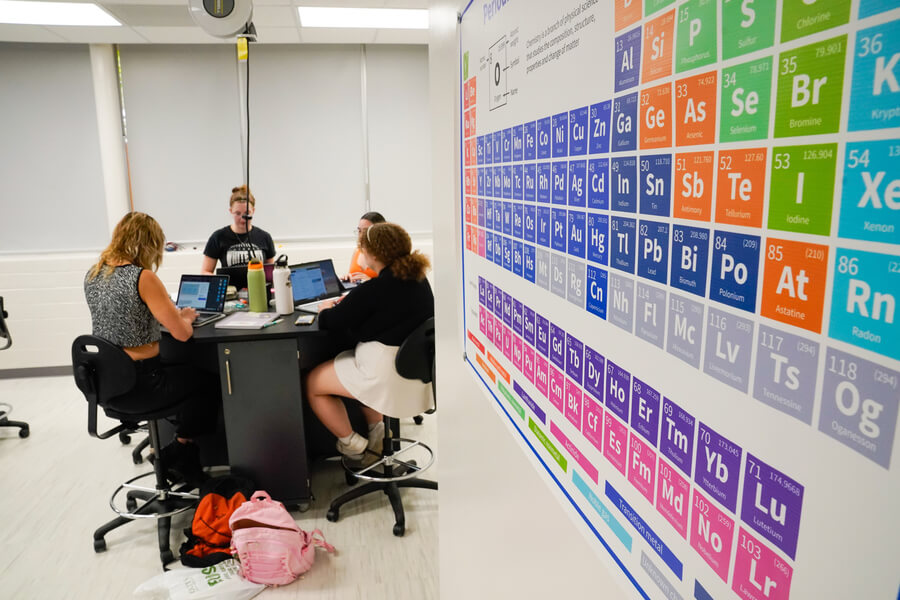
Degree Plan
St. Mary’s University offers a Bachelor of Science in Applied Physics degree with concentrations in Computer Science and Engineering:
Courses
Highlighted courses include:
- Discrete Math Structures
- Thermodynamics
- Modern Physics
- Quantum Mechanics



What can I do with a degree in Applied Physics?
Applied Physics is a great vehicle for entry into a wide range of positions in both the public and private sectors and is perhaps the best preparation for careers in general technology areas. It is ideally suited for up-and-coming areas, such as energy and nanotechnology.
An Applied Physics degree is a route to many career possibilities, such as:
- Satellite Systems Engineer
- Material Scientist
- Laser Fusion Scientist
- Solar Energy Physicist
- Data Analytics
- Nanotechnology Research and Development
Outstanding Alumnus
A renowned astrophysicist, Giovanni G. Fazio, Ph.D. (B.A./B.S. ’54), helped pioneer NASA’s development of gamma-ray astronomy using balloon-borne and ground-based detectors. Fazio serves as a senior physicist at the Harvard-Smithsonian Center for Astrophysics, and has received numerous international awards for outstanding achievements in space science.
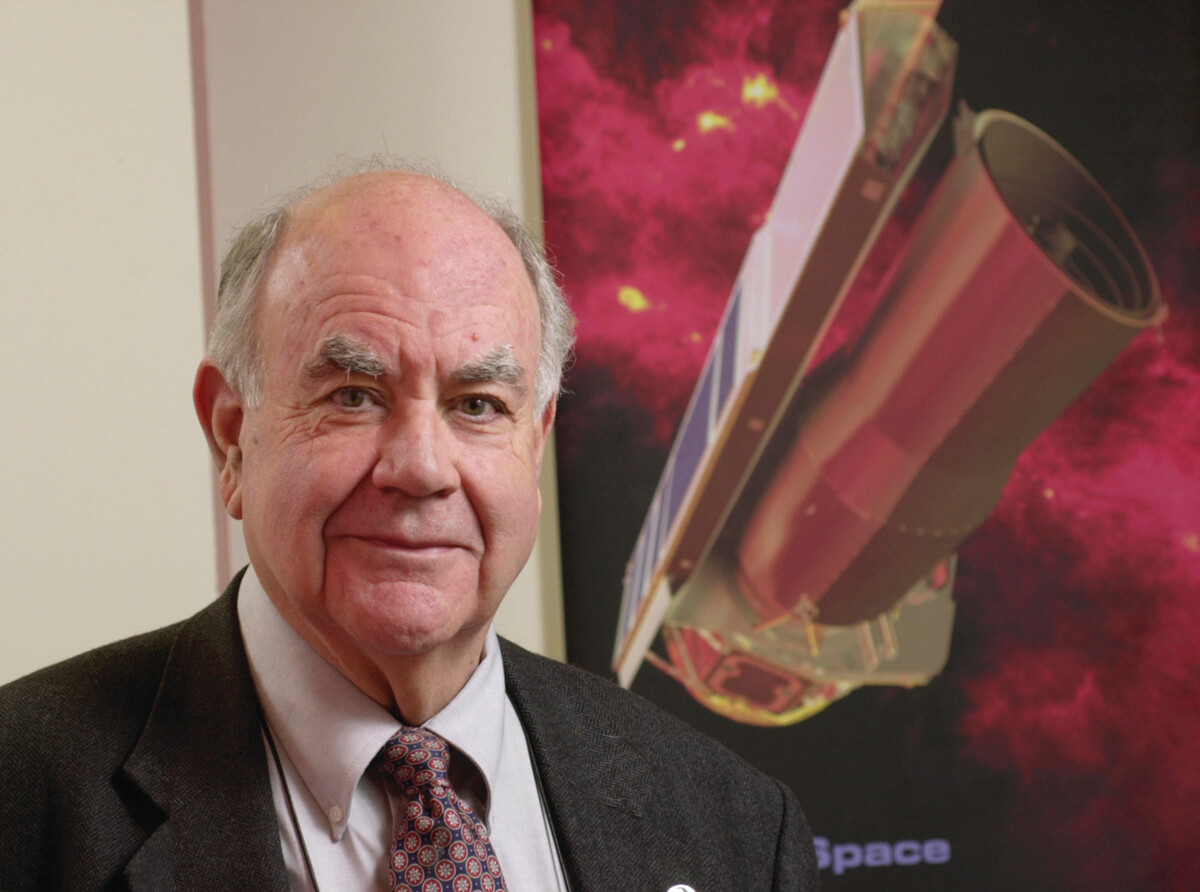
Giovanni G. Fazio, Ph.D. (B.A./B.S. ’54)
Outside the Classroom
Experiential learning is a process through which students develop knowledge, skills and values from direct experiences outside a traditional academic setting. The Department of Physics provides students with opportunities to gain valuable experience through service learning, community outreach and internships.
Through the Society of Physics, students can engage in numerous community service events such as Habitat for Humanity, Can Roll for the San Antonio Food Bank, and community cleanup programs.
Students can also participate in the biannual Fiesta of Physics, supporting elementary school students’ interest in the sciences. Students from surrounding school districts flock to the St. Mary’s campus for a day of wacky science experiments and hands-on science demonstrations.
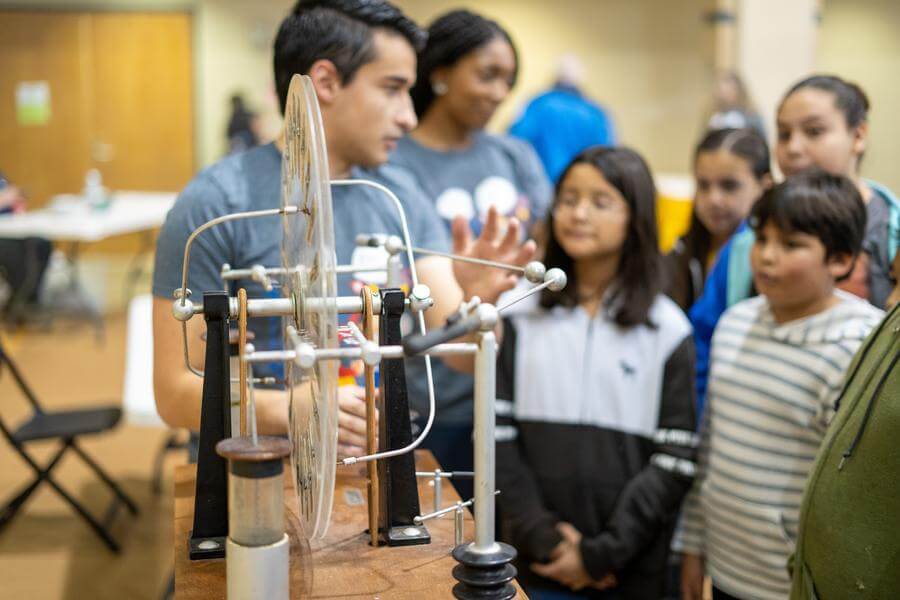
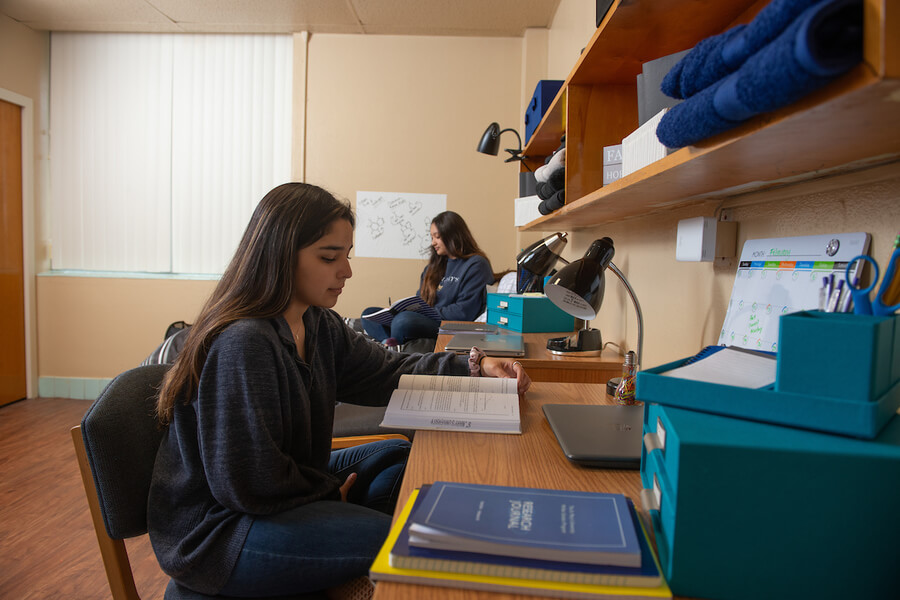
Science Living Community
Students majoring in any science — from Physics to Computer Science, Biology to Engineering — can join the Science Living Community. Members live together and can participate in a variety of programs throughout the year.
Faculty
-
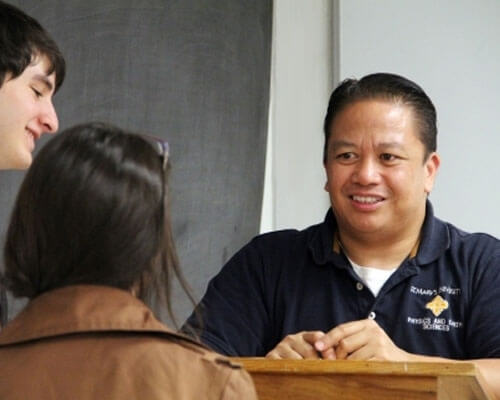 Richard Cardenas, Ph.D. Chair, Department of Physics
Richard Cardenas, Ph.D. Chair, Department of Physics -
 Patrick B. Greene, Ph.D. Assistant Professor of Physics
Patrick B. Greene, Ph.D. Assistant Professor of Physics -
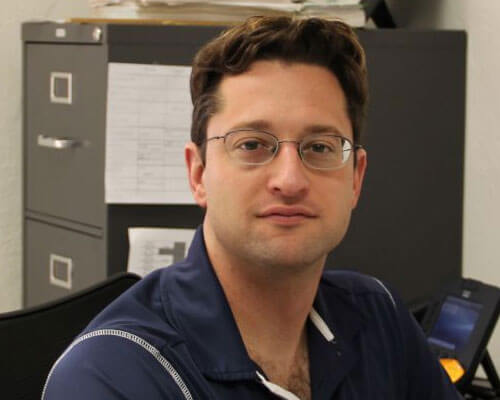 Richard Lombardini, Ph.D. Associate Professor of Physics
Richard Lombardini, Ph.D. Associate Professor of Physics
Similar Programs

Physics
- Minor /academics/programs/applied-physics/ /wp-content/uploads/2019/11/physics-400×420-1.png
- Bachelor of Arts /academics/programs/applied-physics/ /wp-content/uploads/2019/11/physics-400×420-1.png
- Bachelor of Science /academics/programs/applied-physics/ /wp-content/uploads/2019/11/physics-400×420-1.png
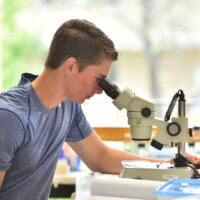
Bioinformatics
- Minor /academics/programs/applied-physics/ /wp-content/uploads/2019/11/physics-400×420-1.png
- Bachelor of Science /academics/programs/applied-physics/ /wp-content/uploads/2019/11/physics-400×420-1.png

Biology
- Minor /academics/programs/applied-physics/ /wp-content/uploads/2019/11/physics-400×420-1.png
- Bachelor of Arts /academics/programs/applied-physics/ /wp-content/uploads/2019/11/physics-400×420-1.png
- Bachelor of Science /academics/programs/applied-physics/ /wp-content/uploads/2019/11/physics-400×420-1.png
- Teacher Certification /academics/programs/applied-physics/ /wp-content/uploads/2019/11/physics-400×420-1.png
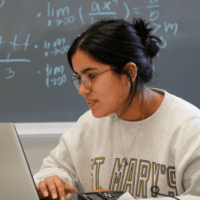
Mathematics
- Minor /academics/programs/applied-physics/ /wp-content/uploads/2019/11/physics-400×420-1.png
- Bachelor of Arts /academics/programs/applied-physics/ /wp-content/uploads/2019/11/physics-400×420-1.png
- Bachelor of Science /academics/programs/applied-physics/ /wp-content/uploads/2019/11/physics-400×420-1.png
- Teacher Certification /academics/programs/applied-physics/ /wp-content/uploads/2019/11/physics-400×420-1.png
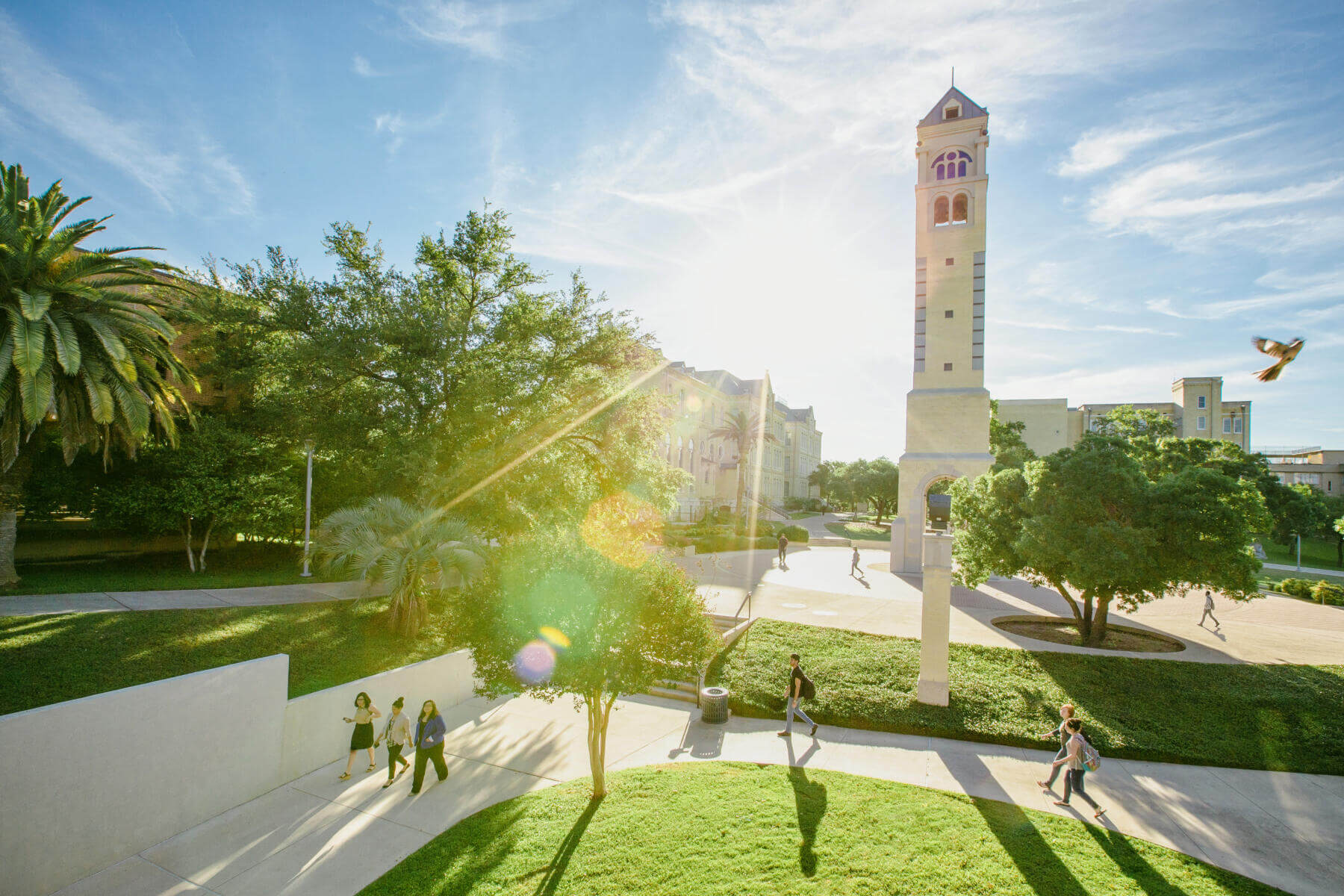
Learn More
We’re eager to hear from you and answer any questions you have! Feel free to reach out to learn more about St. Mary’s University.
